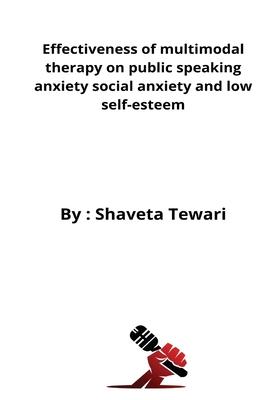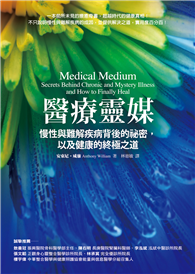Introduction
According to evolutionary psychology, in the modem age, human beings feel a compulsive
need to be appreciated and valued. They seek constant approval from the people around
them to ensure parental investment, to attract desirable partners, for successful social
engagements and to maintain supportive relationships in general. Modem humans are heavily
dependent on social support especially during stressful times. Avoiding social interactions or
hesitating to be an active part of various social groups takes a toll on people /s self-esteem and
affects them negatively. It hampers their sense of belo nging .
History is replete with examples of how fear of performing in social situations affects human
beings. The emotional response to a real or perceived threat is known as ’ fear’ whereas the
anticipation ofa future threat is known as ’ anxiety’ . Public speaking is considered one of the
most prevalent form of anxiety. It is counted as a social phobia with great social signi ficance.
Modem life involves ample such situations where we are required to speak in pub li c, be it our
personal or professional lives. It has been established that mild anxiety generated by
communicating in front of a number of individuals collectively is both normal and captivating till
the individual has complete mastery over the activity of speaking front of people. The career
choices and avenues get limited for those young adults who fear public speaking which
often results in a considerable amount of distress, frustration and depression. Similar
effects have been witnessed in those with low esteem. ft is inevitable for one’s self
esteem to waver through life. It is directly linked to one’s potential to achieve what they
desire. A consensus about how self-esteem develops across the lifespan is finally emerging after
years of constant debates.
1.2 Anxiety
Anxiety influences our entire being. It influences how we feel, how we carry on and has genuine
physical side effects. Anxiety is frequently activated by worry in our lives (Bettina, 2012).
There is diversity and presence of anxiety disorders in our society that can have a damaging
effect on people’s lives. Diagnostic and Statistical Manual for Mental Disorders, (5th ed.; DSM-5)
defined the variation of anxiety disorders like agoraphobia, panic disorders, specific and social
phobia.
In Latin Anxiety means ’anxietas’, from anxius ("anxious, solicitous, dis tressed, and
troubled"). Anxiety produces apprehension, worry, uneasiness, and dread. Anxiety at optimum
level helps people to deliver or cope with challenging situations and enhances the
performance, thus also called as ’functional anxiety’. However, when anxiety exceeds the
optimum level and hampers daily activity, then it is classified under anxiety disorders,











